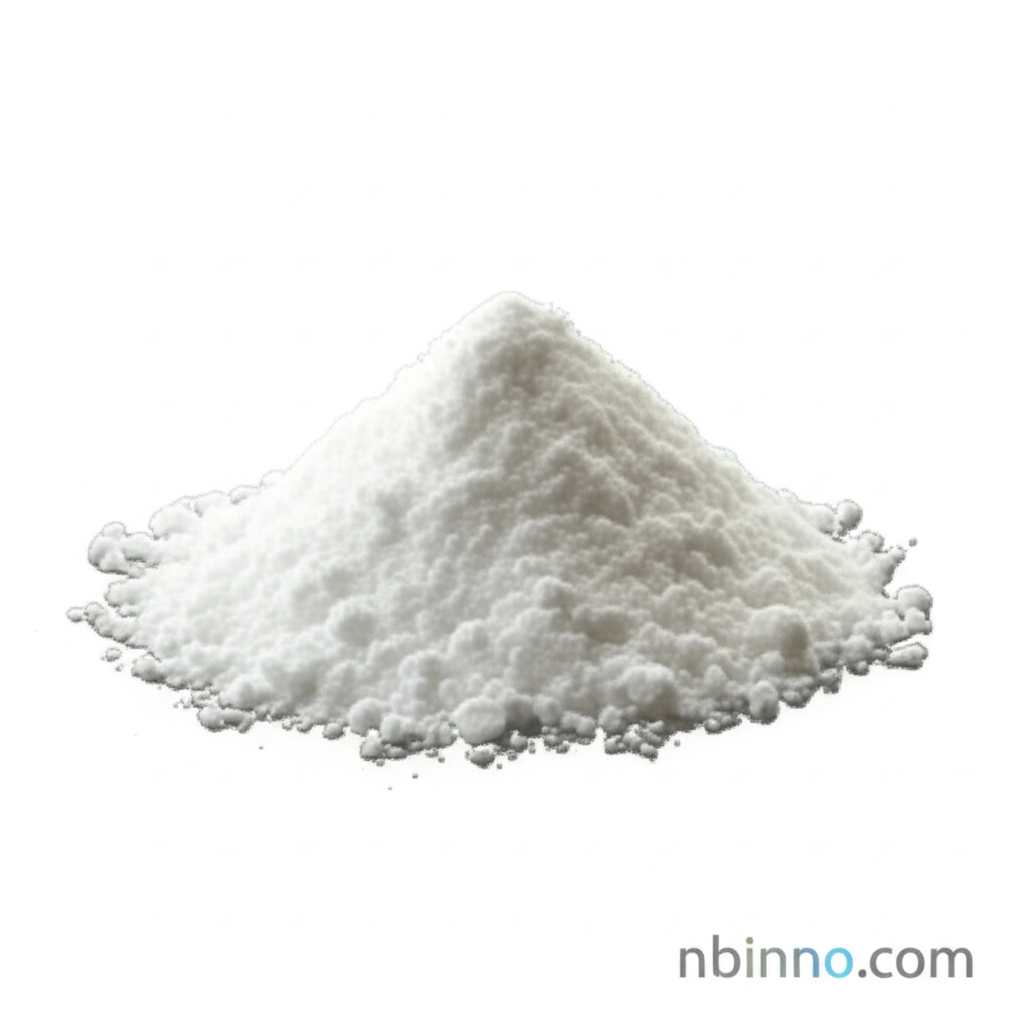Ethyl Cellulose: Properties, Applications, and Benefits as a Versatile Chemical Additive
Discover the versatility of Ethyl Cellulose, a key ingredient in advanced coatings and adhesives.
Get a Quote & SampleProduct Core Value

Ethyl Cellulose
Ethyl Cellulose is a highly versatile cellulose derivative widely utilized across various industries for its unique properties. It serves as a critical component in formulations for adhesives, coating materials, sustained-release systems, and as a microcapsule film-forming agent. Its thermoplastic nature and solubility in a broad spectrum of organic solvents, combined with its ability to maintain flexibility even at low temperatures (-70°C to 150°C), make it an indispensable material for demanding applications.
- Enhance Product Durability with Ethyl Cellulose Coatings: Explore how ethyl cellulose for paper coatings improves moisture resistance and provides excellent gloss, crucial for flexible packaging.
- Achieve Strong Bonds with Ethyl Cellulose Adhesives: Learn about the use of ethyl cellulose in various adhesives, particularly its role in heat seal applications, offering improved green bond strength.
- Optimize Formulations with Ethyl Cellulose Chemical Supplier Insights: Understand why partnering with a reliable ethyl cellulose chemical supplier is key to accessing high-quality grades for consistent performance.
- Discover the Best Ethyl Cellulose Grades for Your Needs: Find out how different ethyl cellulose grades offer specific viscosities and properties suitable for diverse industrial requirements.
Key Advantages of Ethyl Cellulose
Low-Temperature Flexibility
Ethyl cellulose exhibits remarkable flexibility across a wide temperature range, from -70°C to 150°C, ensuring performance in challenging environments.
Enhanced Durability and Moisture Resistance
Utilize ethyl cellulose in paper coatings to boost durability and provide excellent water vapor transmission resistance, vital for packaging applications.
Low Flammability and Clean Burn-out
As a material with low flammability, ethyl cellulose can act as a flame retardant and burns out cleanly without leaving residues, beneficial in ceramic and coating applications.
Key Applications
Adhesives and Heat Seals
Ethyl cellulose's thermoplasticity and good adhesion make it ideal for heat seal coatings and adhesives, especially in food and pharmaceutical packaging, improving the ethyl cellulose adhesive properties.
Paper Coatings
In paper coatings, ethyl cellulose acts as a binder, providing flexibility, toughness, good gloss, and excellent water resistance, crucial for the uses of ethyl cellulose in packaging.
Glass Coatings and Inks
It functions as a rheology modifier and temporary binder in solvent-based glass coatings and inks, offering good adhesion and clean burn-out.
Sustained Release Formulations
Ethyl cellulose is employed as a sustained-release skeleton material, controlling the release rate of active ingredients in pharmaceutical applications.
